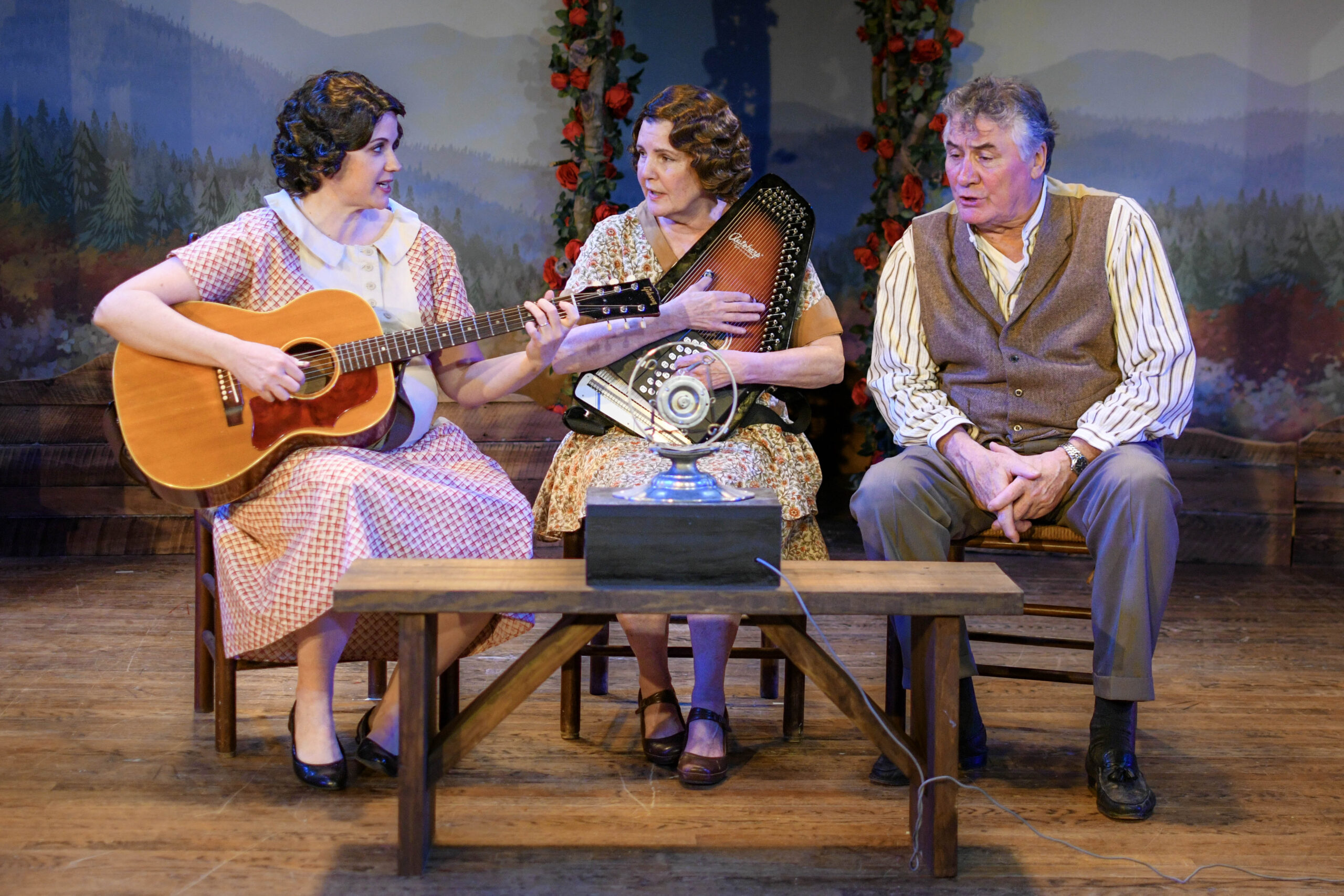By Victoria Winterhalter
From coast to coast, American kids watch too much TV. The average child watches 20 hours each week. Over the course of a year, the Center for Screen Time Awareness says these 1,040 hours of television equate to more than the 900 hours of school. So where can parents go for a success story that places television and literacy on the same page? Finland, that’s where.
Finnish children watch almost as much television as American kids; Finnish schools offer no gifted programs; and Finnish families don’t start their kids in school until age seven (and then it’s only for half-days). Yet since 1990, the International Association for the Evaluation of Educational Achievement has ranked Finland at the head of the class every time. So what do Finnish kids get that ours don’t? According to Jim Trelease, author of The Read-Aloud Handbook, their high scores are thanks to a “mechanical reading tutor” accessible here in the States but underutilized: closed captions.
Developed in the seventies to assist those who are deaf or hard of hearing, closed-captioning converts the dialogue, narration, and sound effects of a television program into white words that appear on the screen in a black box. Originally, prerecorded programs were limited and only accessible through a decoder, which was relatively expensive. Thanks to the National Captioning Institute’s development of real-time captioning in 1982, however, over 45,000 hours of live and prerecorded programming now occur every year. Still it wasn’t until the Television Decoder Circuitry Act of 1993 that closed-captioning really became accessible available to all. According to the NCI, all new television sets, 13 inches or larger, made after 1993 must contain a built-in caption decoding microchip.
In the case of Finland’s children, closed-captioning has become an educational tool because half of everything kids want to watch on TV is an old American sitcom. This means children are highly motivated to learn to read the Finnish words scrolling across the bottom of their screen so they can understand exactly what the Skipper is saying to Gilligan when he’s swatting him with his cap. This “mechanical reading tutor,” as Trelease calls it, has achieved such impressive results in Finland that educators in the United States have been researching ways to replicate the success here.
Of course, there is a major difference – English speaking American children do not need to be able to read in order to comprehend what’s happening. Even still studies indicate children benefit from watching television with the closed-captioning on. Here’s why: Unlike adults who are skilled at blocking out distractions, children can’t help but watch what is being shown at the bottom of the screen.
When I first turned on the closed-captioning, it bothered my daughter. She had gotten used to seeing the entire picture when she watched her Baby Einstein videos. But when I gave her the option of watching a show with closed-captioning or no show at all, she quickly learned to tolerate it. I never bothered to ask if she was reading the text because at over 100 words per minute the rate was intense for developing readers. I had turned on the captions because, as an English teacher, I knew the more words children were exposed to the better. According to the NCI, research indicates the value of captioning is greater than that; studies prove everything from a child’s reading rate to their spelling and punctuation to the recognition of large numbers like 1,000,000 are improved as a result of closed-captioning.
Sure enough, by the time my daughter started kindergarten, she began recognizing her vocabulary words while watching television. Suddenly, closed-captioning became a game unto itself. Now we see how many vocabulary words she can spot in one sitting, which transforms reruns of Super Why into a whole new learning opportunity.
As a teacher, in the classroom, I used closed captioning because these “moving storybooks” created a comfortable way for students to expand their vocabulary. Patricia Koskinen and Susan Neuman wrote in The Reading Teacher that “captioned television allows viewers to focus attention on both definitional and contextual information, enhancing word meaning by providing semantically rich visual context that includes both printed words and pictorial images.”
According to Cindy Mershon, a reading specialist in New Jersey, the learning disabled students and students learning English as a second language in particular exhibit dramatic improvement in language skills when closed-caption is incorporated into classroom instruction. This is consistent with the NCI’s findings that the majority of the first hearing people to purchase closed-caption decoders were Asian and Hispanic families, who did so as an aid to learning English.
When teaching on the elementary school level, I introduced new vocabulary in science and social studies thanks to captioned television, and when instructing students at the community college level, I assist students with note-taking by turning on the closed captions. This educational resource truly has no age limit. And it couldn’t be easier. Although the process for turning the captions on and off is different for every television set, all it takes on mine is the push of a button on the remote.
That is not to say there aren’t concerns related to the use of captioned television. In addition to the rate of presentation, Mershon explains the lack of precision as well as the use of all capital letters, instead of traditional print conventions, do factor into whether it’s an appropriate source of reading material for developing and below-average readers. Still she, like most educators, believes the positives far outweigh the negatives.
Most TV listings identify captioned shows with a “CC.” And, with few exceptions, DVDs include this feature as well. Chances are whether your child’s favorite show is from PBS, Nick Jr., or the Disney Channel it already offers this “mechanical tutor,” so consider this move the equivalent of hiding broccoli in their muffins and let your kids veg out in front of the TV.
At the very least, if word learning is related to the frequency of exposure [as research supports], then you don’t have to feel too guilty about letting them enjoy an hour or two of screen time while you get a break. They might just be learning something.






